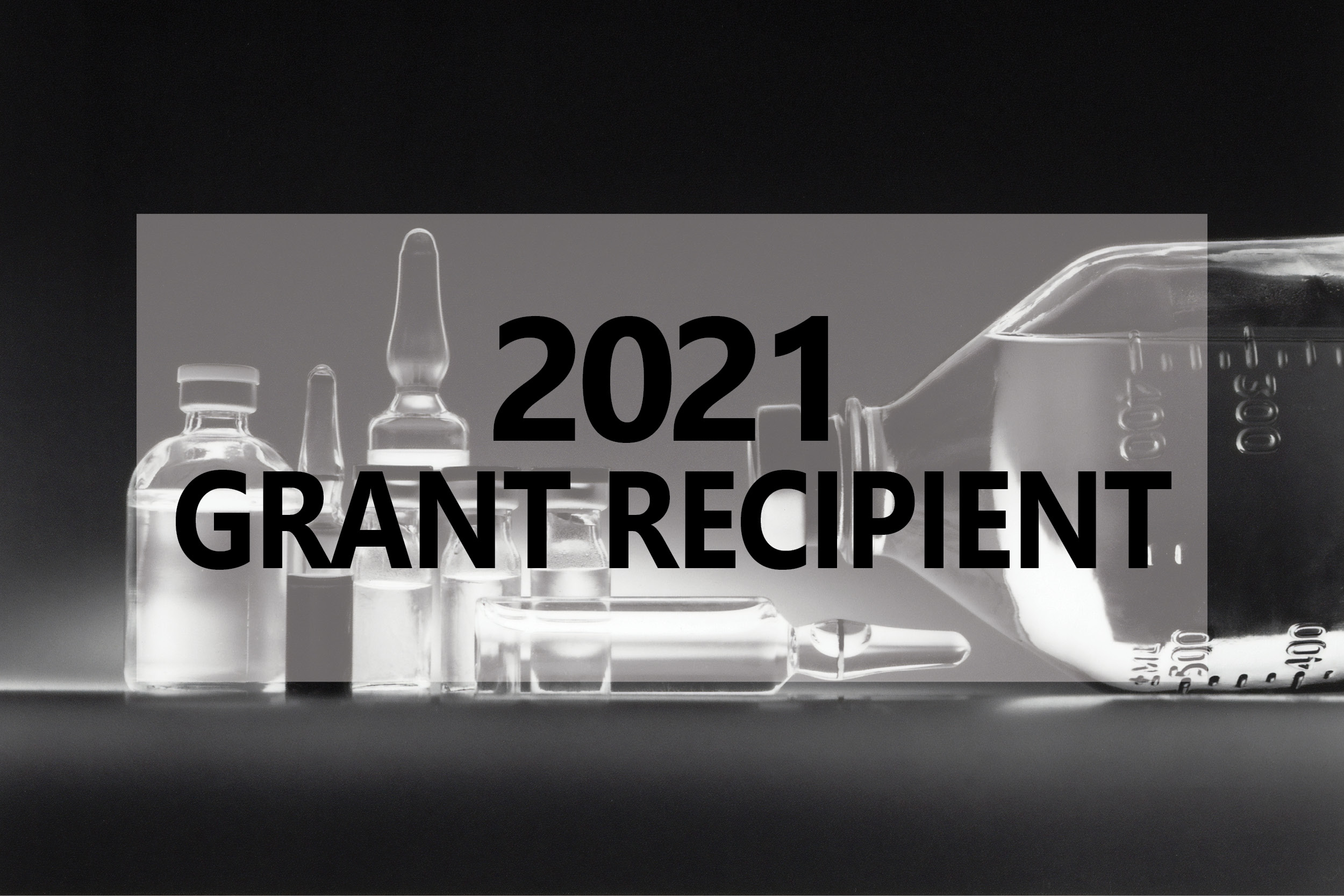
Dr Tze Vun (TV) Liew
International best practice guidelines recommend the use of at least three classes of medication, Antiplatelet agents, Statins and Renin/Angiotensin axis inhibitors for the secondary prevention of coronary artery disease following diagnosis. Data from previous studies has demonstrated relatively poor levels of prescription of these medications both in the Waikato and nationally. In addition, guidelines advocate optimal control of blood pressure for secondary prevention with medications.
Initiation and up-titration of cardiac medications remotely is difficult as many cardiac medications lower heart rate and or blood pressure dangerously and these parameters should be measured regularly during initiation or up-titration. This normally involves physical examination which can be both time consuming and costly for rural patients. This adversely affects Māori patients in particular as there is a greater proportion of Māori patients who live rurally and are overrepresented in lower socioeconomic groups and have a higher cardiovascular risk.
Face-to-face physical examinations are also time consuming and resource hungry for health organisations who have to provide FTE to undertake face-to-face examinations as well as providing venues to undertake examinations.
This study seeks to trial the use of home blood pressure monitoring to allow the safe remote optimisation of cardiac medications in rural populations and to document the overall need for medication optimisation in these populations.
Media Summary
Heart disease, once diagnosed, is a chronic condition and needs long term management by medications to reduce the risk of recurrent heart events, including angina, heart attacks, and strokes. Often, patients coming out of hospital following a heart event could benefit from further adjustments of their medications to ensure optimal reduction in their heart risk. However, these adjustments are difficult to make as many heart medications require measurement of the patient’s bloody pressure and heart rate, and this has traditionally required a face-to-face appointment and examination. Face-to-face appointments can be time consuming, inconvenient, and costly for rural patients who may have to travel significant distances to appointments.
With the advent of accurate home blood pressure monitors, patients are now able to make measurements in the comfort of their own home, and with the advent of telehealth processes we may now be able to optimally adjust medications under the supervision of a specialist nurse without the inconvenience and cost to the patient, while achieving optimal protection from future heart events.
Outcome
This research will allow us to better quantify the need of rural cardiac patients for medication optimisation post discharge from hospital. It will allow us to trial the safety and efficacy of a remote home-based approach to medication optimatision which will be both more convenient and cost effective for patients and the DHB.
If successful, funding could be applied for greater roll-out over the large rural areas of greater Waikato and potentially other rural areas of New Zealand. This research is likely to be of greater benefit to Māori patients who have high cardiovascular risk and who are more likely to live rurally and have greater socioeconomic needs.
Would you like to support the work of the Foundation?
Contact us for more information, or simply make a donation.


